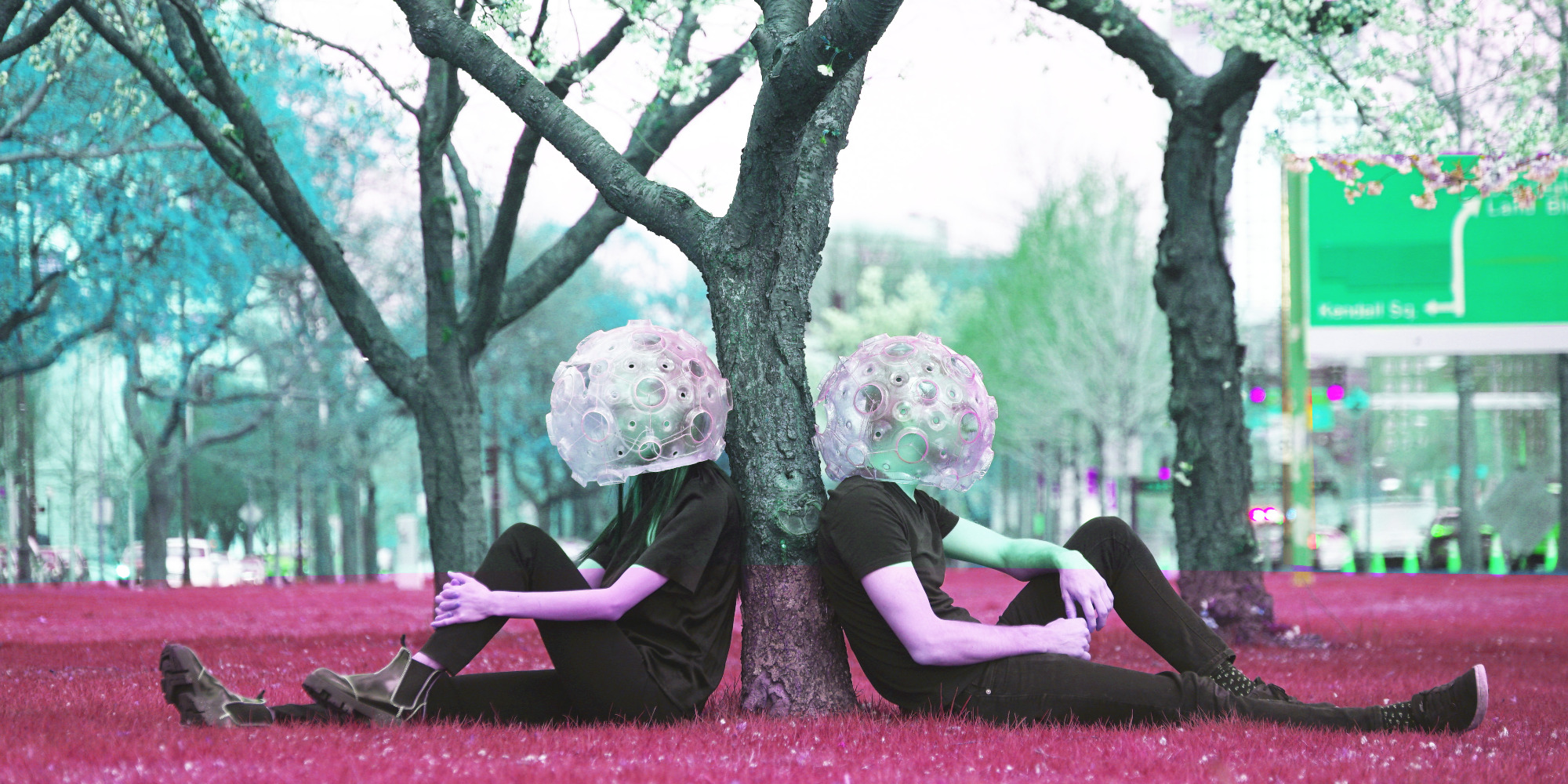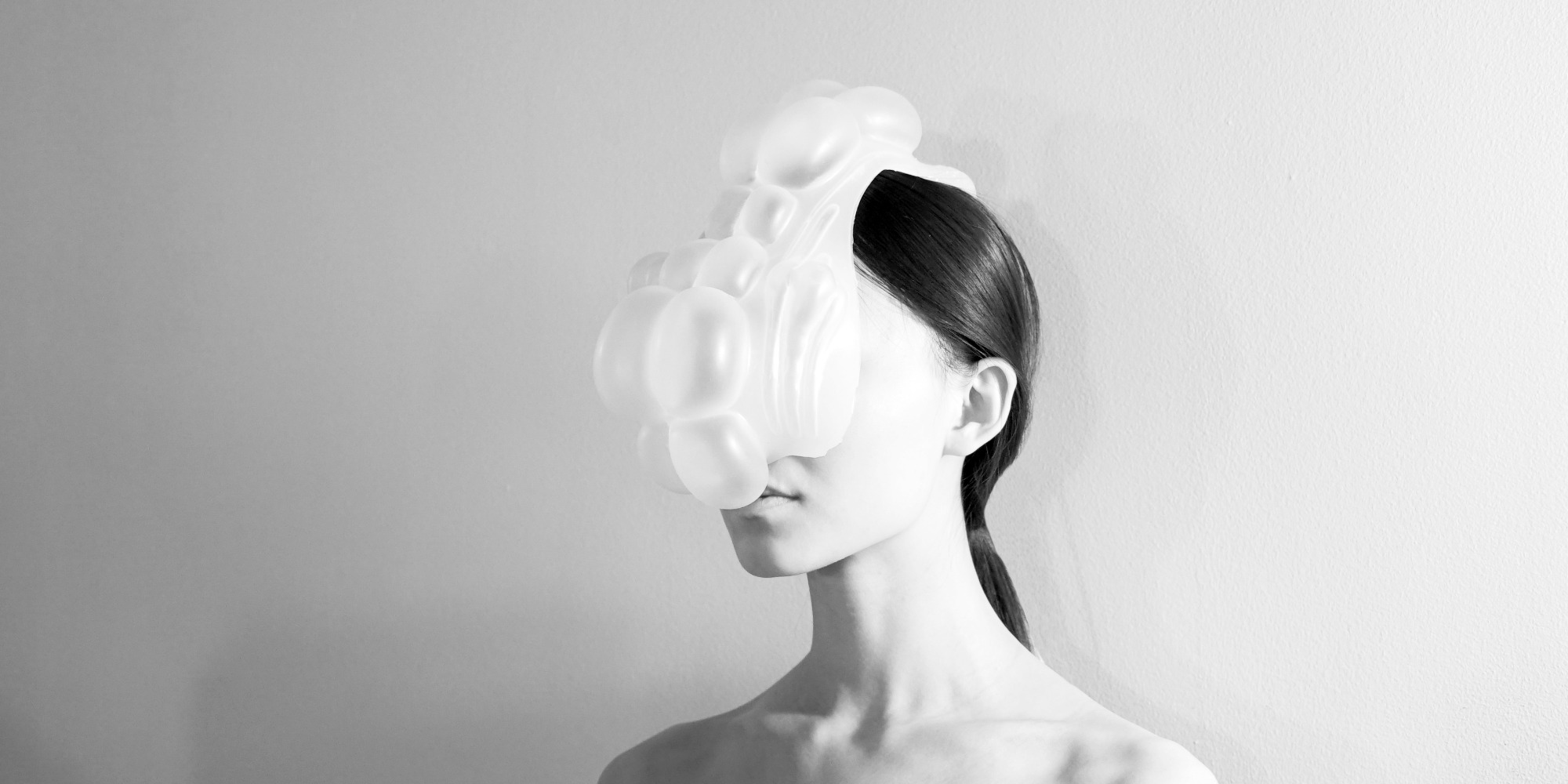Honorary Mention
Through three perceptual machines, TransVision questions the habitual ways in which we interpret and understand the visual world intervened by digital media, and how technology mediates the way we perceive reality.
Hyperallergenic Vision
We have observed an increase in allergies and intolerances in modern society. Hypersensitivities are emerging not only medically but also mentally. Digital media reinforce people’s tendency to overreact through the viral spread of information and amplification of opinions, making us hypersensitive to our sociopolitical environment. By creating an artificial allergy to the color red, this machine manifests the nonsensical hypersensitivity created by digital media. In nocebo mode, red expands, which is similar to social media’s amplification effect; in placebo mode, red shrinks, like our filtered communication landscape where we can unfollow people with different opinions.
Tactile Vision
Obsessively searching online for one thing is like looking through a pinhole where we build up everything without an overview. This machine helps to make the wearer conscious of how the way we navigate the internet naturally narrows our views of the world. The silicon mask breathes gently when the light is far away, but rapidly when the light gets closer. The wearers can navigate in space and find each other in total darkness with this tactile vision, like a dating App for cave animals. Similar to searching, when you are only looking for one thing, you lose the capacity to see things in context and to therefore make more informed decisions.
Commoditized Vision
Our visual field is packed with so much information that our perception has become a commodity with real estate value. By creating tension between the meditative state and the consumptive state, this machine contemplates how our perception has become part of the value chain in this particular socioeconomic context. You can earn money by looking at advertisements, and spend money to see an ads free world.

Credits
Foto: Jiabao Li
Jiabao Li (CN) works at the intersection of emerging technology, art and design and creates new ways for humans to perceive the world. Her research-based projects range from wearables, projections, drones, and installations to scientific experiments, and they explore how technology is transforming our perception, identity, emotion, and sensation. Jiabao is a recipient of numerous awards and has published and exhibited her work in major artistic and research institutions worldwide. Jiabao graduated with distinction from Harvard Graduate School of Design with a Masters in Design Technology. She is currently a prototyping designer at Apple where she invents and explores new products, interfaces, and technologies.
Jury Statement
TransVision is an artistic provocation on the role that technology plays in mediating and controlling our perception of the world. Presented as a set of wearable devices in three scenarios, it shows how technology mediates our sense of vision and controls our perception.
The work is prescient given the proliferation of mobile screen-based technologies in the last decade and the emerging understanding of the role that digital technology plays across society. We have quickly entered a world where digital loneliness is a pandemic—one that has crept up on us without much warning yet penetrates all aspects of modern society.In hyperallergenic vision, the user develops a hypersensitivity to the color red as a reflection on the ways that we have become hypersensitive to certain information presented online. In tactile vision, the user is alerted to the fact that we easily become immersed in echo chambers owing to the bias of our online networks and our methods of receiving information. In commoditized vision, the user is alerted to the fact that our existence has been commoditized through the monetization of our time, attention, and ultimately our existence itself.



